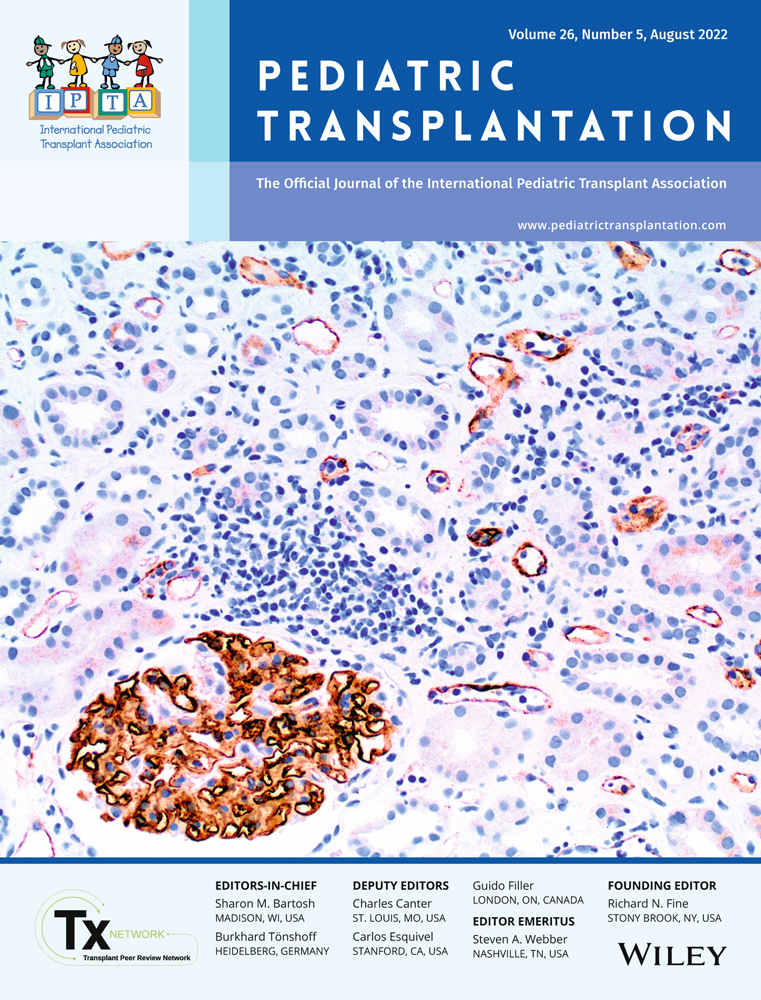Post-transplant strategies to improve relapse-free survival in childhood leukemia: Whole blood donor lymphocyte infusions and lenalidomide for inducing graft-versus-leukemia effect
Funding information
None.
Abstract
Introduction
Post-transplant graft-versus-leukemia (GVL) effect has been shown to be an important determinant of a successful outcome following hematopoietic stem cell transplantation (HSCT) in children with acute leukemia.
Patients and Methods
We performed a retrospective analysis of the children up to 18 years of age with acute leukemia who underwent HSCT between November 2002 and November 2018. GVL induction strategies included whole blood donor lymphocyte infusions (DLI) and/or lenalidomide.
Results
A total of 134 children were included with engraftment in 125 children (93%). Acute graft-versus-host disease (GVHD) was documented in 85 (63%) children without any induction strategies. GVL induction strategies were employed in 19 children (14%); DLI (n = 12), Lenalidomide (n = 2), DLI + lenalidomide (n = 5). Among the 19, 12 children (63%) are alive without relapse; 6 children died of relapse (31%). Among the 6 who died of relapse despite induction strategies, 5/6 had ALL and one child had AML. GVL induction was effective in preventing relapse in 7/12 (58%) children with ALL and 5/6 (83%) children with AML. Relapse-free survival in the cohort is 73/134 (55%) with a median follow-up of 32 months. GVHD of any grade was significantly associated with a lower risk of relapse (p = .008). Median survival time was 160.3 days (range 132–187) in those with chronic GVHD versus 88.3 days (range 68–107) in those without (p value = .004).
Conclusion
Pre-emptive whole blood DLIs in graded aliquots, and lenalidomide are important tools for post HSCT GVL induction, which significantly impacts relapse-free survival in childhood leukemia.
CONFLICT OF INTEREST
None.
Open Research
DATA AVAILABILITY STATEMENT
None.




